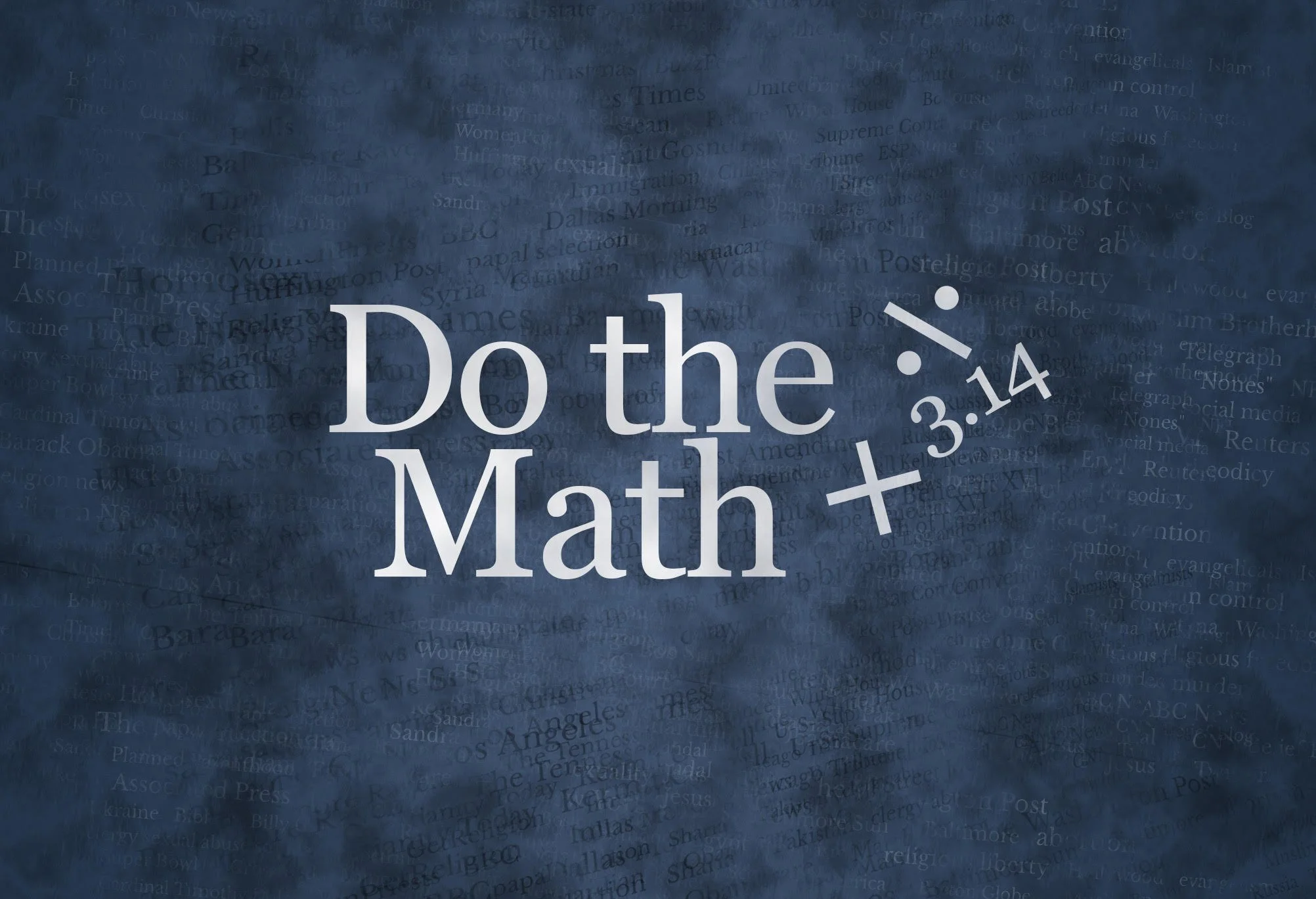Every now and then, your GetReligionistas run into a story that puts us in a real bind, in terms of the basic media-criticism work that we do here.
The nonprofit journalism group ProPublica, in this case working with The New Yorker, recently published a great example of this kind of report. We are talking about a deeply researched piece that is a must-read story — period. Reporter Ava Kofman’s work is painful, even agonizing, to read, for all the right reasons.
At the same time, the story is seriously lacking when it comes to exploring religious facts and beliefs that are essential to its subject, which is hospice care.
The feature does include a nod to the Christian history of hospice care, but avoids any meaningful discussion of the differences between the work done in faith-based hospice networks — which are massive — and what happens with some (maybe many) for-profit hospices, such as those at the hellish heart of this report. The headline: “Endgame: How the Visionary Hospice Movement Became a For-Profit Hustle.”
This must-read report was the hook for this week’s “Crossroads” podcast (CLICK HERE to tune that in) and I will stress that this subject was deeply personal for host Todd Wilken and for me. Wilken is a Missouri-Synod Lutheran pastor and has years of experience assisting with end-of-life issues and questions. My father was a Southern Baptist pastor who spent the last decade of his ministry working in Houston’s hospital complex, include the Texas Children’s Hospital.
This story does a great job of the “follow the money” components of scandals linked to for-profit hospice care. Here is the anecdotal lede:
Over the years, Marsha Farmer had learned what to look for. As she drove the back roads of rural Alabama, she kept an eye out for dilapidated homes and trailers with wheelchair ramps. Some days, she’d ride the one-car ferry across the river to Lower Peach Tree and other secluded hamlets where a few houses lacked running water and bare soil was visible beneath the floorboards. Other times, she’d scan church prayer lists for the names of families with ailing members.










